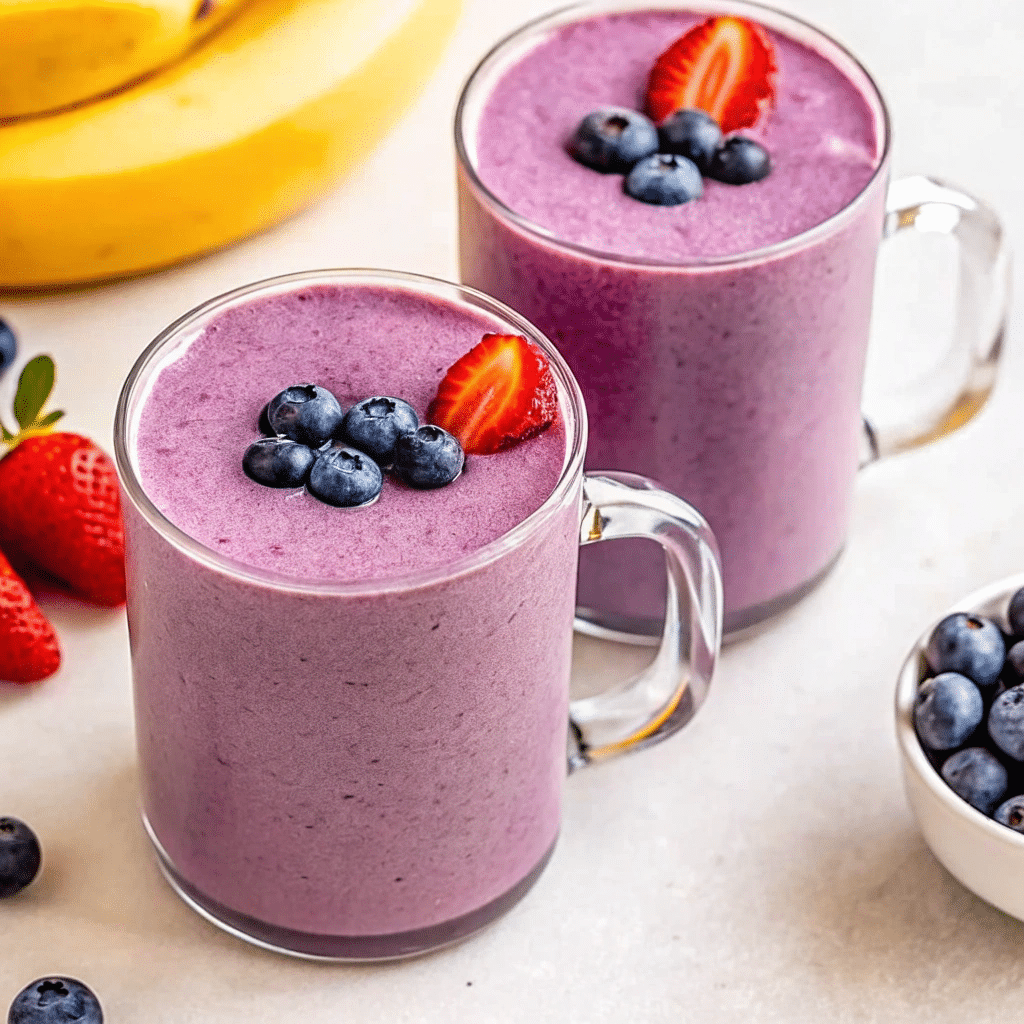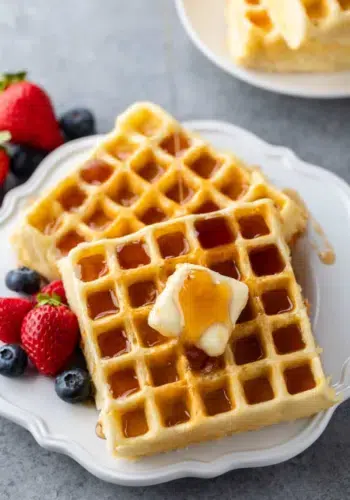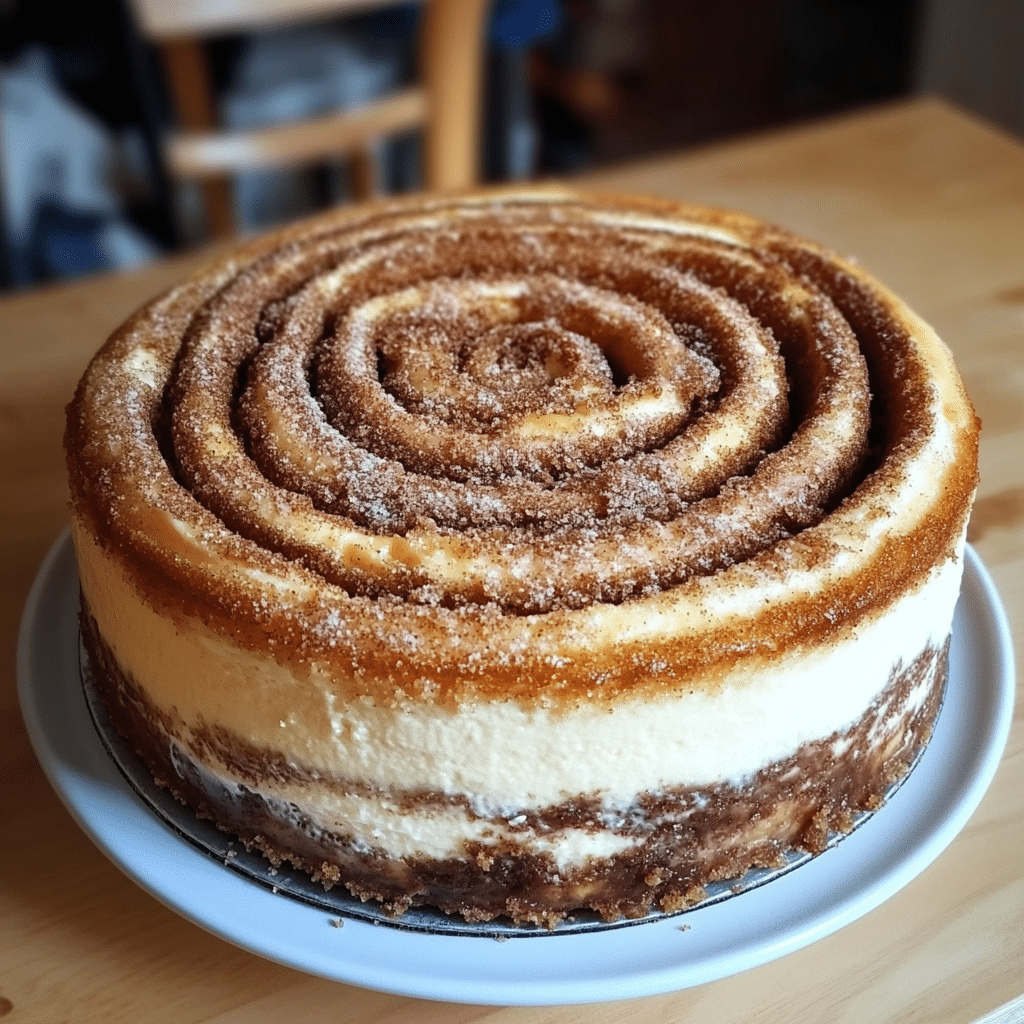Welcome!
Enjoy time in the kitchen! Level-up your cooking skills with everyday recipes.
Find expert tips and tested, flavorful recipes from a professional recipe creator and cookbook author–they will become your favorites!
Find Your Perfect Recipe Here
Newest Recipes
Try something new! Check out our latest, quick and easy, family-friendly recipes.

🌟 Sofie’s #1 Recipe
Banana Berry Protein Smoothie
Believe it or not, this smoothie was my most-made recipe in 2024 (with cc cookies being a close second)! I had it for lunch almost every day, & I’ll continue to in 2025! 😋 -Sofie
Get the recipe!
Hey, I’m Sofie!
It’s so great to meet you! This blog is my way of celebrating the magic of home-cooked meals inspired by my grandma’s kitchen. She taught me that love and wholesome ingredients are the secret to creating unforgettable dishes. Let’s embark on a delicious journey together!
Easy Dinner Ideas
Solving the what’s-for-dinner dilemma with flavorful weeknight meals. Simple and delicious recipes to make dinnertime stress-free.
Desserts Recipes
Some of the most popular recipes including cookies, pies, brownies, and cakes. These classic favorites and flavorful twists will satisfy your sweet tooth.
Breakfast Recipes
Stacks of pancakes, bread pudding, muffins, and French toast–plus smoothies, quick breads, and bacon recipes too!
Easy Lunch
Solving the what’s-for-lunch dilemma with satisfying midday meals. Simple and delicious recipes to make lunchtimes stress-free and enjoyable.
















